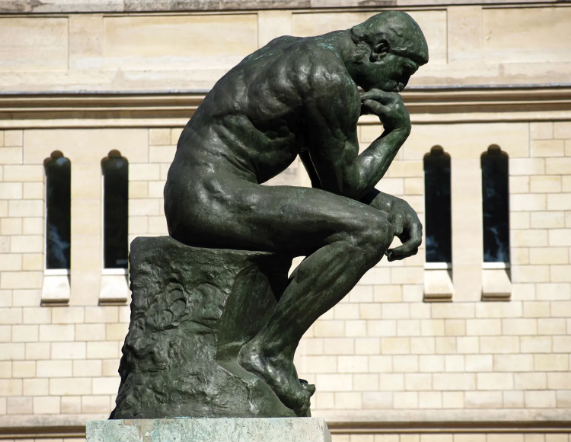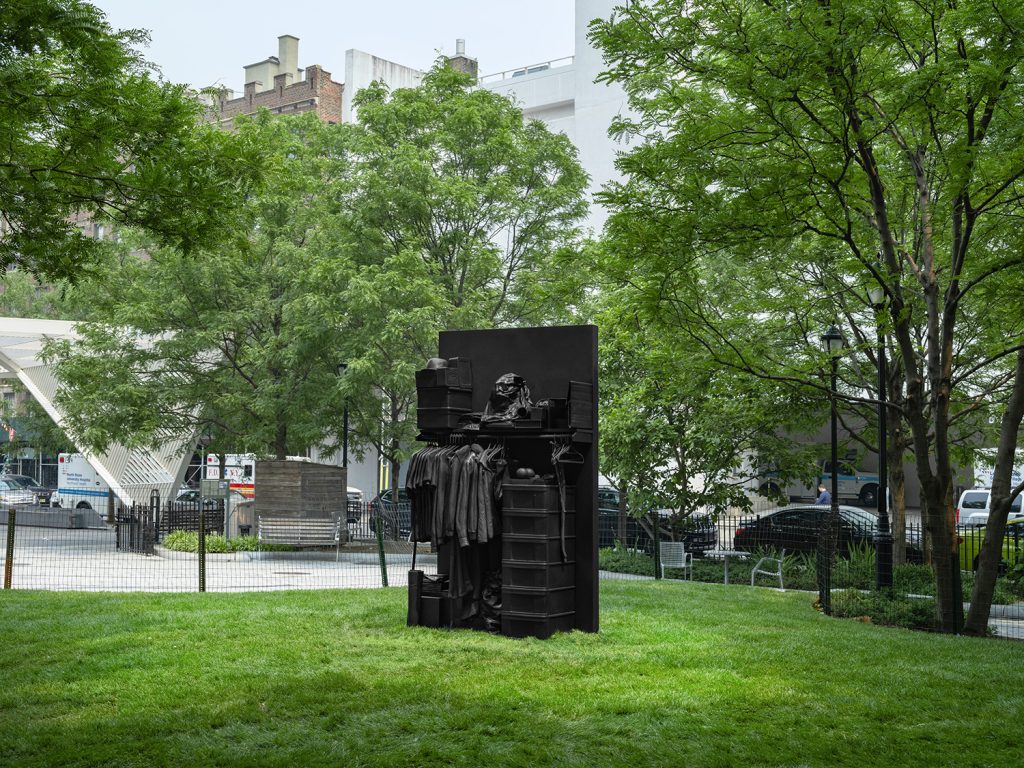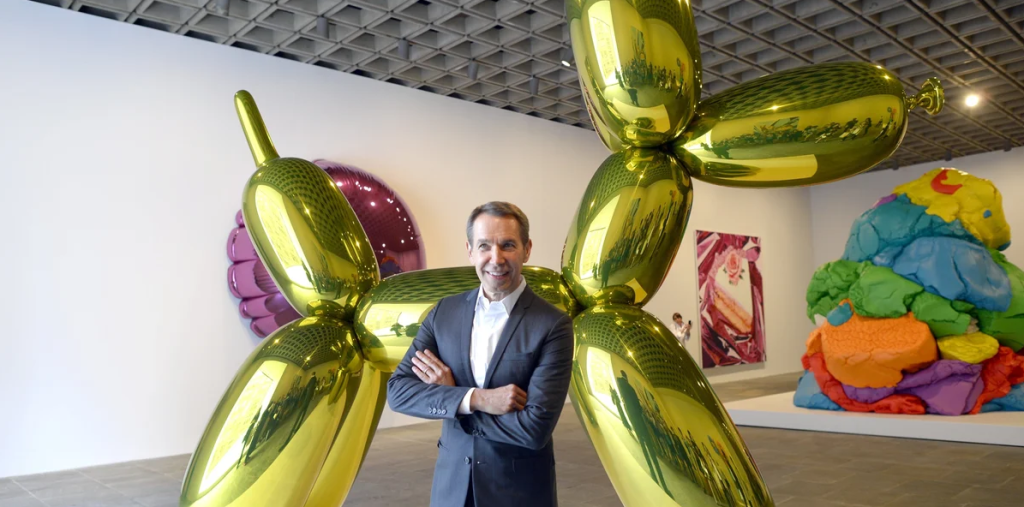The Sculptor of Emotion: Exploring Auguste Rodin’s Artistic Legacy
Auguste Rodin, a pioneering figure in the world of sculpture, profoundly influenced artistic expression in the late 19th and early 20th centuries. His innovative approach to form and emotion continues to resonate with artists and art enthusiasts alike. This blog post delves into Rodin’s unique style, his iconic works, and his enduring legacy in the art world.
Rodin’s Unique Approach to Form
Rodin redefined the boundaries of sculpture by focusing on emotion rather than mere representation. Unlike many of his contemporaries, he embraced rough, unfinished surfaces, allowing the texture of the material to convey feeling. This organic quality lends a sense of movement and vitality to his works, drawing viewers into a deeper emotional connection. Rodin famously said, “Sculpture is the art of the intelligence,” highlighting his belief that art should engage the mind as well as the heart. This philosophy paved the way for modern sculpture, encouraging artists to explore new emotional depths and artistic expressions.
Iconic Works that Speak Volumes
Some of Rodin’s most famous works include “The Thinker,” “The Kiss,” and “The Gates of Hell.” Each piece tells its own story, encapsulating the complexity of human emotion and experience. “The Thinker,” for instance, symbolizes contemplation and introspection, while “The Kiss” captures the passionate embrace between lovers. “The Gates of Hell,” inspired by Dante’s “Inferno,” showcases a multitude of figures in various poses, revealing the agony and ecstasy of existence. These works not only demonstrate Rodin’s mastery of form but also his ability to evoke powerful feelings through sculpture, encouraging viewers to reflect on their own lives and emotions.
The Enduring Legacy of Rodin
Rodin’s influence extends beyond his own time, inspiring generations of artists across various disciplines. His technique of capturing movement and emotion in three dimensions laid the groundwork for modern sculptors to explore abstraction and new materials. Today, his works continue to be displayed in museums worldwide, where they provoke thought and ignite passion in viewers. Beyond art, Rodin’s insights resonate in literature, film, and theater, proving that the human experience is universal and timeless. For those interested in art history or the evolution of modern sculpture, studying Rodin’s work offers invaluable insights into the interplay between emotion and form.
In conclusion, Auguste Rodin remains a towering figure in the art world, known for his emotional depth and innovative techniques. By exploring his works and philosophies, we gain a deeper understanding of both the artist and the broader context of human experience. If you’re inspired, consider visiting a local museum to see his sculptures in person or delve deeper into his life and work through books or documentaries.


